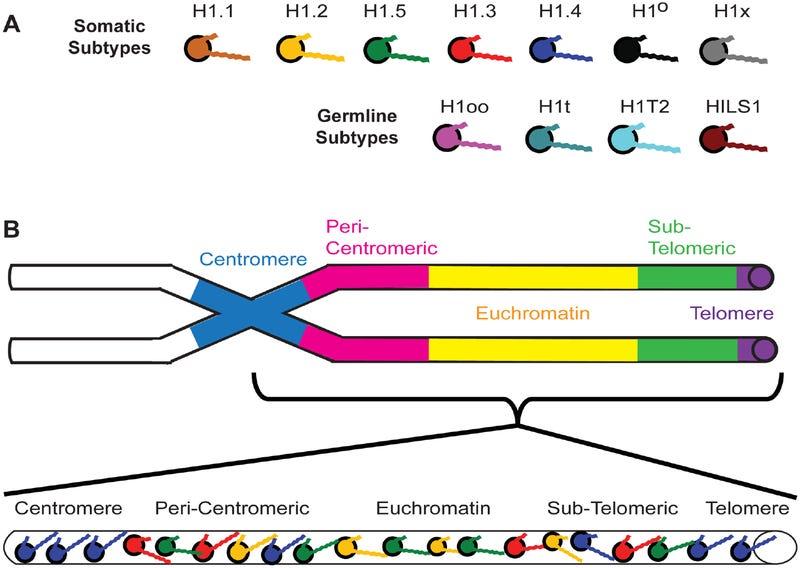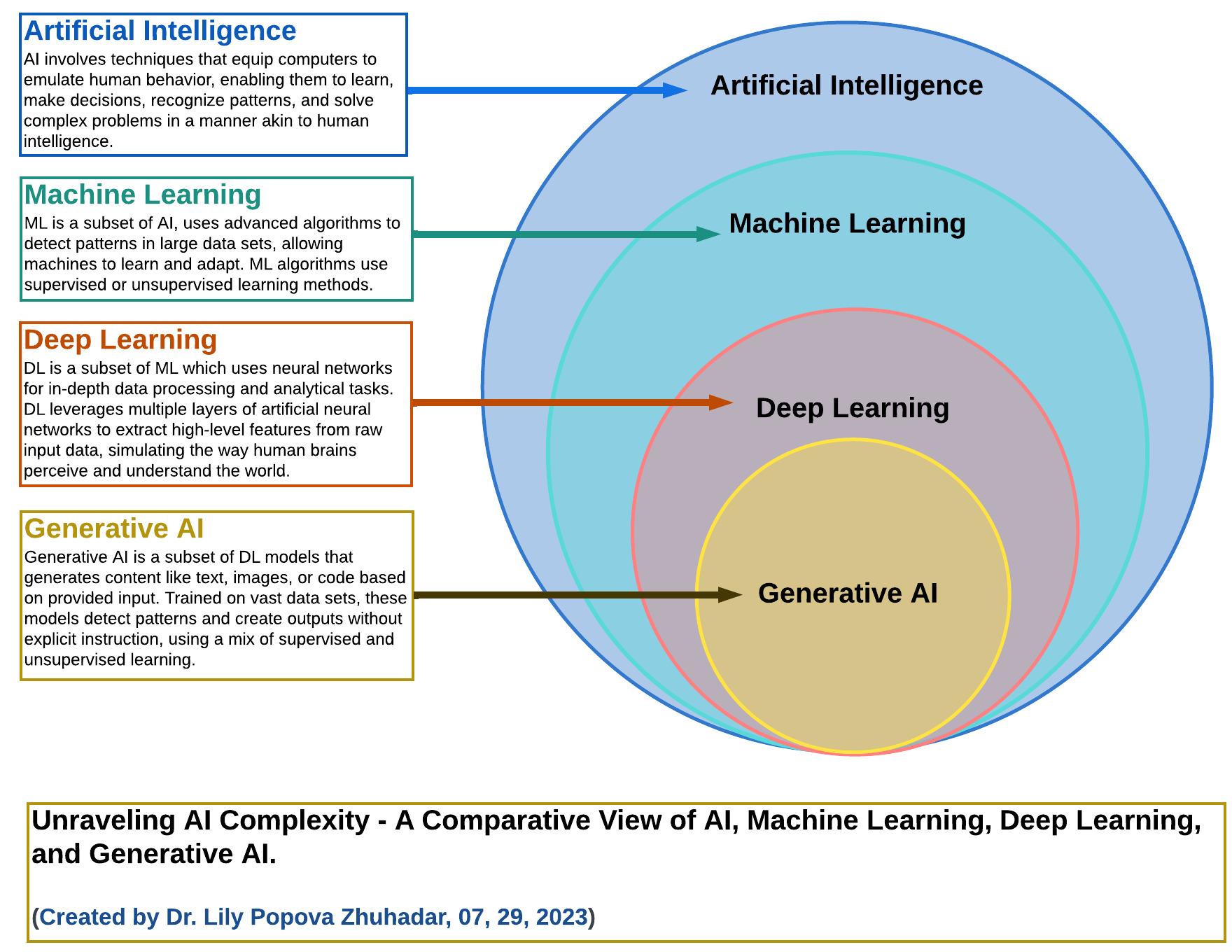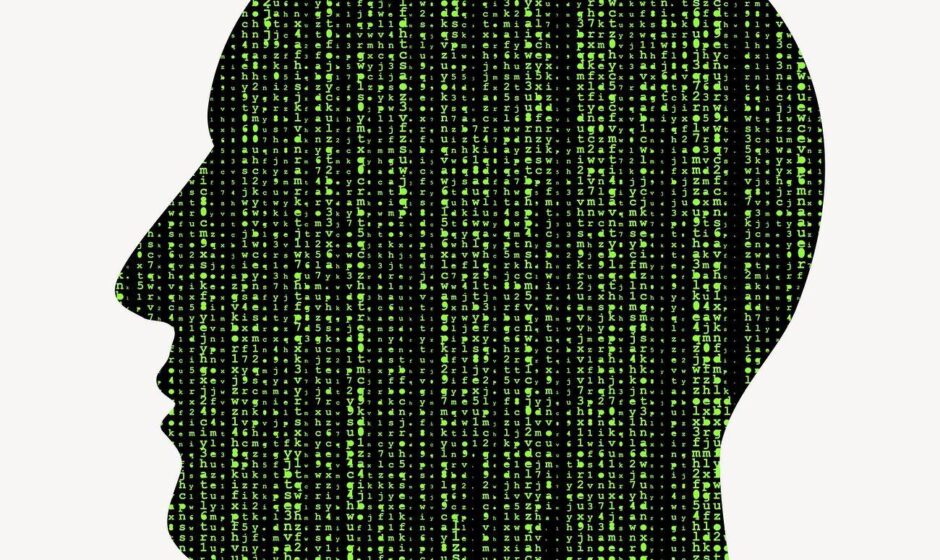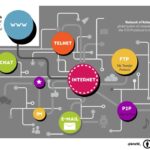Title: Harnessing the Lessons of Web 2.0: Generative AI’s Uncharted Odyssey
Introduction:
In the vast realm of artificial intelligence, the journey of an intelligent machine transcends mere imitation. Today, we find ourselves on the precipice of a transformative era, where generative AI has soared to incredible heights. However, nestled within this technological marvel lies a peculiar conundrum: has our AI-driven creation truly absorbed the timeless lessons Web 2.0 had to offer?
Web 2.0, a rich tapestry of human knowledge woven together through mere bytes and pixels, witnessed the meteoric rise of online communities, user-generated content, and unparalleled interactivity. It was a period that revolutionized the internet, sparking a collective wisdom to flourish and connect minds across the globe. Regrettably, the echoes of this golden age seem to have eluded the modern leaps in generative AI, raising intriguing questions about the depth of its learning.
This article embarks on a captivating exploration of generative AI and Web 2.0, teasing out the intricate connections between these two monumental forces. Bursting with creative potential, generative AI has drawn awe as it paints breathtaking masterpieces, writes poetry that stirs the soul, and even composes symphonies that rival the greats. Yet, beneath its magnificent surface, lies an inherent limitation: an absence of the intricate patterns of interaction that made Web 2.0 an unparalleled marvel.
As we delve into the intricacies of generative AI, we shall unravel the reasons behind its inability to replicate the collaborative splendor of Web 2.0. Is it due to the absence of feedback loops, the struggle to comprehend the intricacies of emotion, or perhaps the sheer weight of responsibility that deters these intelligent entities from partaking in the powerful narratives that defined the web’s second coming?
As we navigate this uncharted odyssey, it is essential to assess the implications of this generative AI limitation. Are we sacrificing the magic of organic interpersonal connections on the altar of data-driven creation? With thought-provoking perspectives from pioneering AI researchers, we shall endeavor to understand the far-reaching consequences, both ethically and creatively.
Join us on this captivating expedition as we venture deep into the heart of generative AI, aiming to shed light on its omission from the embracing world of Web 2.0. Together, we shall uncover the untrodden path towards a more interactive and collaborative AI-driven future, infused with the spirit that made Web 2.0 a beacon of human ingenuity and connection.
The Unfulfilled Potential of Generative AI in the Era of Web 2.0
Generative AI, with its unparalleled ability to create content, was expected to flourish in the era of Web 2.. However, it seems to have fallen short of expectations, failing to tap into the transformative power brought about by this new phase of the internet. One of the main reasons behind this unfulfilled potential lies in the lack of understanding and incorporation of the fundamental principles that enabled the success of Web 2..
One of the core principles of Web 2. was user-generated content, where individuals contributed and collaborated to create meaningful and diverse content. However, generative AI has yet to fully embrace this concept. Instead of encouraging users to actively participate in content creation, AI models still predominantly rely on pre-existing datasets and fail to capture the essence of collaboration and co-creation. The vast capabilities of generative AI remain underutilized in the absence of mechanisms that enable users to take an active role, limiting its potential to truly revolutionize content generation and innovation.

Analyzing the Gaps in AI’s Understanding of Web 2.0 Content
Generative AI Learned Nothing From Web 2.0
The advent of Web 2.0 brought about a revolutionary shift in the way we interact and consume content online. This new era saw the rise of social media, user-generated content, and the democratization of information. However, when it comes to artificial intelligence, particularly generative AI, it seems that this powerful technology has failed to grasp the essence of Web 2.0.
One of the glaring gaps in AI’s understanding of Web 2. is its inability to interpret the true meaning behind user-generated text. While AI systems have become increasingly proficient at predicting patterns and generating coherent sentences, they struggle to understand the context, nuances, and emotional undertones that are embedded within web forums, social media platforms, and online communities. Due to the vastness and diversity of Web 2., AI fails to capture the essence of user experiences and, consequently, struggles to generate content that resonates with real users on a personal level.

Unlocking the True Power of Generative AI: Key Recommendations for Improvement
Generative AI has undeniably revolutionized various industries, but one cannot help but notice the striking similarities between its progression and the evolution of Web 2.0. Just as Web 2.0 initially struggled to harness its true potential, generative AI has also encountered limitations that hinder its progress. To unlock its true power and drive further improvements, several key recommendations can be made:
- Encourage data diversity: By training generative AI models on a wide range of diverse and representative datasets, we can reduce biases and enhance the inclusivity of the generated content.
- Promote responsible AI practices: Establishing ethical guidelines and regulations for generative AI development and usage will ensure its responsible integration into our daily lives.
- Invest in interpretability: Enhancing the transparency and interpretability of generative AI algorithms allows us to understand and mitigate potential risks, fostering trust among users and stakeholders.
- Foster collaboration: Encouraging interdisciplinary collaborations between researchers, developers, and policymakers can accelerate advancements in generative AI and address complex societal challenges.
Unlocking the true power of generative AI requires a collective effort from all stakeholders. By implementing these recommendations, we can navigate the path towards a future where generative AI maximizes its potential, enabling innovative applications while prioritizing ethics and inclusivity.

Empowering Generative AI with Web 2.0 Knowledge: Strategies to Bridge the Gap
Generative AI, a form of artificial intelligence that can create original and unique content, has made significant advancements over the years. However, when it comes to leveraging the vast knowledge available on the web through Web 2.0, it seems that these AI models have fallen short. Despite their ability to process vast amounts of data, generative AI has not been able to effectively utilize the knowledge and insights available on the internet.
One of the main challenges in empowering generative AI with Web 2.0 knowledge is the lack of structured data. Web 2.0 is characterized by user-generated content, such as social media posts, blogs, and forums, which often contain unstructured or semi-structured data. This poses a significant hurdle for AI models, as they are designed to excel in structured data environments. The non-standardized nature of Web 2.0 content makes it difficult for generative AI to extract meaningful patterns and insights from this vast pool of knowledge.
As we traverse the ever-evolving landscape of Artificial Intelligence, it becomes increasingly evident that generative AI has failed to seize the transformative essence of Web 2.0. Despite promising advancements and the vast potential to revolutionize, it appears that the realm of generative AI has been somewhat blinded to the valuable lessons that Web 2.0 once taught us.
In the wake of Web 2.0, there emerged a new era of interactivity, collaboration, and user-generated content. The internet became a bustling haven where individuals could not only consume information but also actively participate in shaping it. Blogs, forums, social media platforms – all bore witness to the democratization of information, empowering people with the ability to share their thoughts, experiences, and ideas with unprecedented ease.
Yet, generative AI has struggled to harness this collective wisdom and adopt a similar mindset. Instead, it remains confined to the realm of patterns and data, producing results that lack the essence of human creativity and deep understanding. While it has indulged in mimicking and replicating existing content, it fails to learn from the rich tapestry of knowledge and interaction that thrived during the Web 2.0 era.
The true potential of generative AI lies not in mere replication, but in the ability to assimilate and embrace the diverse voices and perspectives that shaped Web 2.0. By fostering a deeper understanding of context, intent, and human experience, it has the potential to transform the way we create, communicate, and comprehend information.
As we reflect upon the journey of generative AI, it becomes imperative for us to retrace our steps, revisiting the lessons that propelled Web 2.0 into greatness. It is only by embracing the collaborative spirit of yesteryears that we can truly unlock the transformative power of AI.
In this quest, we must acknowledge that generative AI’s potential remains untapped. Yet, it is with a sense of hope and determination that we inch closer to a future where generative AI can finally reconnect with the essence of Web 2.0. A future where it can learn, comprehend, and contribute meaningfully, transcending the limitations that currently confine it.
Let us embark on this journey with renewed vigor, as we strive to bridge the divide between generative AI and the boundless possibilities that lie within the collective wisdom of the internet. For it is within this convergence that we may yet glimpse the glorious future where AI truly learns, evolves, and fulfills the promises of Web 2.0.


